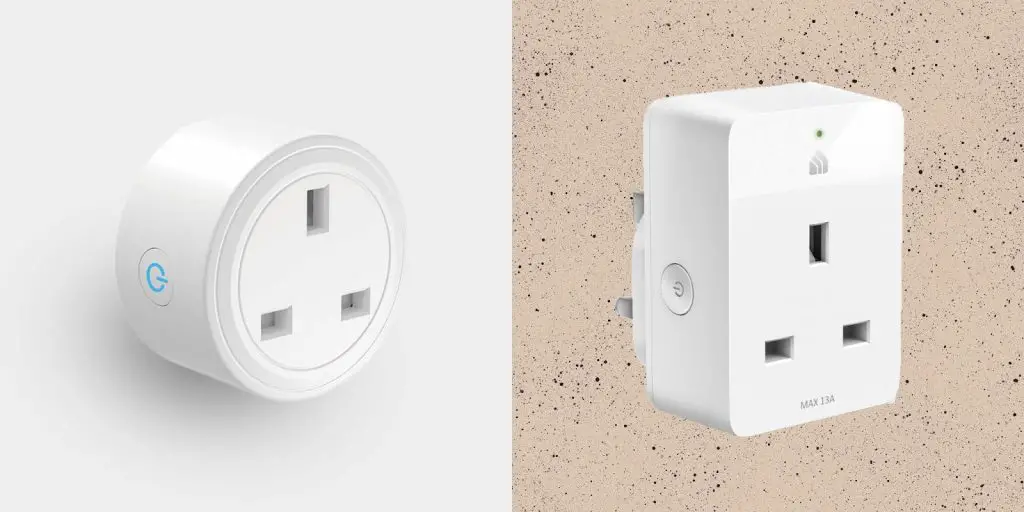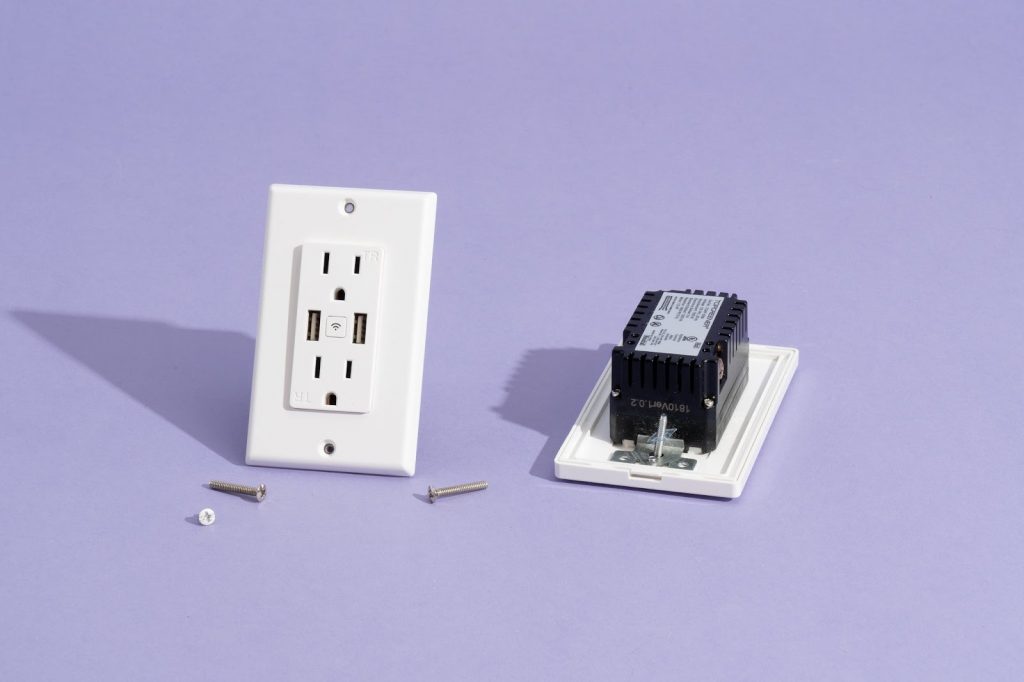“Smart home,” “smart scales,” “smartwatches,” and “smart outlets.” We’ve heard more and more about all of these devices lately, but we still need help on the subject for some reason. Are you too? It’s time to figure it all out and add clarity.
It is quite a typical “smart” gadget. Price, which is still relatively high, negatively affects the use of intelligent outlets everywhere in the home and in sets of “smart homes.” Thanks to such a device, you can adjust a specific time to turn on your pc and online slots at Bollywood casino, music, and other things. It all depends on your needs and imagination! The availability of these outlets would reduce the number of negative reviews about them and spread their use.
How smart technology works
So what is a smart home, and at what point do ordinary household appliances suddenly become smart? So, a smart home is a single system of devices designed to automate household activities, improve comfort and safety, and reduce energy consumption.
Many home devices already support smart technology, so you can start putting together your kit in different ways. In this article, we’ll look at smart outlets. They’re great for getting to know the smart home and easy to combine with your existing appliances.
What is a smart outlet, and why do you need one

Smart socket – a socket familiar to us, but with expanded functionality – at least with remote switching on and off. Such outlets are used in different ways: someone – to turn on additional light sources (daisies, floor lamps), someone – to run small household appliances (kettles, microwaves), someone – to control heating (turning on the heater) or boilers for heating water. But, then, there are more scenarios for using smart outlets: it all depends on your imagination, capabilities, and goals.
How a smart socket works
There’s nothing supernatural about how a smart socket works. It is installed in the existing power grid, connects through various protocols to the controller, and works according to the scenario you choose. For example, some outlets can collect information about the device’s power consumption, and some calculate the cost of spent electricity. Many smart outlets also have to short-circuit protection – in case of a power outage, they can keep appliances safe, and in general, they can even save the house from emergencies.
Types of smart outlets
If we exaggerate, we can divide our little helpers into two groups: by place of installation and control method.
By place of installation, it’s pretty simple: it’s either an internal form factor or an external one. The Interior is the replacement of the usual wall socket. External is using an adapter, which upgrades an already installed socket.
But things are more interesting with the control methods. So let’s take a closer look.
- Radio-controlled smart outlets. There are radio-controlled outlets that can be wall-mounted. Only models that plug into a regular outlet are known. This type uses the standard remote control that comes with it to control it.
- Smart sockets with GSM control. It is a socket that has a SIM card installed in it. Yes, there are such sockets, too! You will need to send an SMS to activate it remotely but be prepared for it to send you messages or even call. Unfortunately, you will not get a full-fledged dialogue, but you can know if the main power is gone (lights out) or if it is on. The advantage of GSM sockets is that you do not need Wi-Fi. It is easy to use somewhere in the country. The main thing is to get a cellular network. The disadvantage of these smart outlets is the price. It is an order of magnitude higher than the more popular next type of outlet.
- Smart sockets with Wi-Fi or other communication protocols. Here we have come to the familiar devices that can be controlled through smartphones and apps. Smart outlets of this type can be installed instead of the usual ones and instead of an external adapter to the usual ones.
Bluetooth control
In this case, the connection is the same as that of a Bluetooth speaker. And the apparent disadvantage of such a connection is the often slow response of the device.
Wi-Fi connection
With the connection via Wi-Fi, this is not noted. Everything is fast, simple, and convenient.
How to connect a smart socket with Wi-Fi:
- Connected the intelligent outlet to the network.
- Pressed the power button.
- Connect it to the Internet via Wi-Fi using the mobile app.
- Scenarios can be set up.
A protocol-enabled hub
This subspecies is a little more complicated. The main difference is that the devices are connected to the hub first.
The benefits of these communication protocols are worthy of a separate article, but let’s briefly review them. Let’s assume that if you have a lot of smart devices in your home, the protocols do not increase the load on the Wi-Fi, the power consumption is not increased, and at the same time, everything works quickly and safely. So you choose from the ecosystem you like best.
A little more about features

An innovative outlet is something like a small brick in the construction of a smart home, but its capabilities are so diverse that you will want to use such outlets with most electrical appliances. In addition, its compact size, straightforward design, and safe design allow you to install smart outlets in any room.
Now we’ve got an idea of what intelligent outlets are. Now we can discuss additional features and what you should pay attention to.
Models can have built-in temperature sensors and timers to automate household activities. For example, setting the heater to turn on when the temperature drops or turning off the air conditioner after 20 minutes is just two of the many scenarios to simplify household chores.
Do not rely on many features of the “smart” socket. Locally, the device provides two simple functions – turning on and off electrical appliances.
The purchase of one socket will not make the house bright, and it requires the purchase of additional sensors. Commands from other sensors will ensure the operation of outlets in the dark when the temperature drops below a predetermined threshold and, in other cases, is determined by the user.
When buying “smart” devices, pay attention to the brands tested by users and the presence of positive reviews of the devices to be purchased, as well as the required functionality of them and the date of the first appearance of a particular model on the market.
With each release of new versions on the market, functionality, software, and protocols are constantly being finalized. Therefore, you should always take an updated version.
Today, manufacturers produce similar functionality devices remotely controlling household appliances, such as wireless relays. They are cheaper and used in places of hidden installation or where constant switching of instruments is not required.








